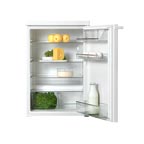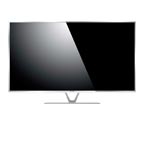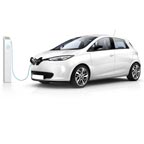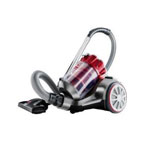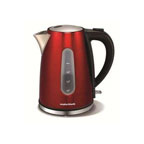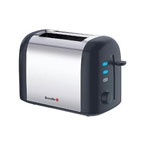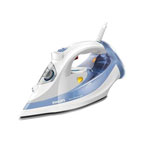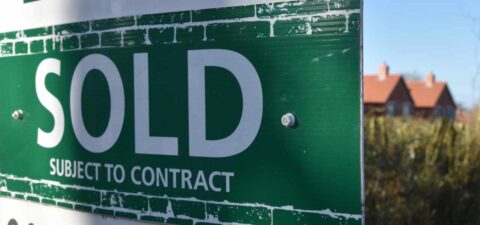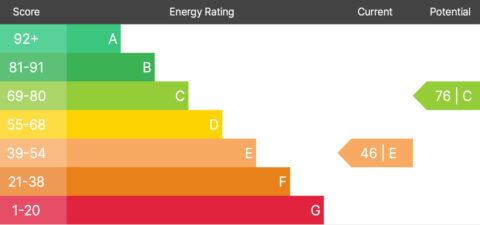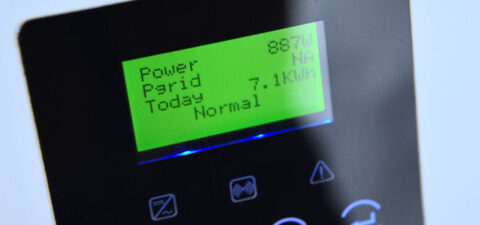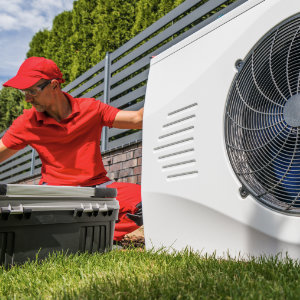Why haven't more people switched to low energy lightbulbs?
Early issues of light quality, time to come 'on' and cost have affected the take up of replacing traditional lightbulbs with energy efficient alternatives. Also, confusion over wattage and comparable light values hasn't helped - it's simpler to visualise and relate to the light from a 100W bulb. It hasn't been made easy for us, the main reason is failure to use the one to five ratio when replacing an old-fashioned bulb. i.e. if replacing a 100-watt bulb, a bulb of 20 watts is required (CFLs are commonly available up to 23 watts). Some people have been known to replace a 100 watt incandescent with a 11 watt 'low energy' bulb (equivalent to less than a 60 watt conventional) and then complain that low energy lightbulbs are 'dim'. Of course this has prompted jokes about who or what is really 'dim'! This may be unfair, because energy suppliers, obliged by the government to subsidise energy efficiency measures, did tend to give away 11 and 13 watt bulbs before later realising that people needed 20 watt bulbs for many situations. Furthermore, the advice in the past was to use a one to six ratio in calculating the right power for the new bulb.
Another reason for people's reluctance to use low energy bulbs is because of their experiences with early models. These took longer to light up to their full brightness, cast mainly a white light which not everyone preferred, and were bulky. All these issues have been addressed. After all, all electronic (and other) products are continuously developing. Early LCD TVs had poor picture quality even compared to conventional CRT (cathode ray tube) TVs still available at the time. This did not stop people buying them in increasing numbers, with LCD TVs now being much better, and dominating the market.
Compact fluorescent lightbulbs have been sold cheaply and given away under CERT (Carbon Reduction Emissions Target) schemes operated by the gas and electricity suppliers. In early 2011, such subsidies were reduced. However the manufacturers have benefitted from economies of scale, so the prices of the bulbs have been much reduced. At around three pounds or less for good quality versions of common bulb types, there's little excuse for not installing them. As the savings will be in the region of £6 a year for the average use of a bulb, it's easy to see that the cost will be recovered within a few months.
Because of the CERT schemes, many people received bulbs for free from their supplier, which sometimes didn't suit their needs. So why not exchange lightbulbs with your friends, neighbours, work colleagues and relations? You can also then exchange tips about the best places to get bulbs to fit your requirements!
Even within the home, it's sometimes worth moving bulbs around. Old low energy bulbs, like old-fashioned bulbs, lose a little of their light output - so simply use them where less light output is required, and put new bulbs where they were before.
There are very low power compact fluorescent bulbs available on the market, such as 5 and 8 watt varieties. In conjunction with a simple bulb holder, these can provide background and safety lighting where light switches are inconveniently placed or there are safety issues.
If renting, you might want to keep the old lightbulbs to put back when you move out. However in many cases after a year or so, they will have paid for themselves. And you may have different needs at your new place, anyway. Of course, if you are green minded, you'll want to leave the bulbs for the next occupants, helping to reduce the overall carbon emissions.
If you are a landlord, and are obliged to ensure good lighting for vulnerable occupants, or to ensure that corridors and exteriors are well lit, remember that maintenance costs will be drastically lowered if you put in low energy lightbulbs, because of their long life. Although compact fluorescent bulbs cost a little more, the labour and management costs will be much lower. Ensure you install bulbs of sufficient light output and which illuminate quickly - try them out first.
See the most energy efficient...
← SWIPE →





